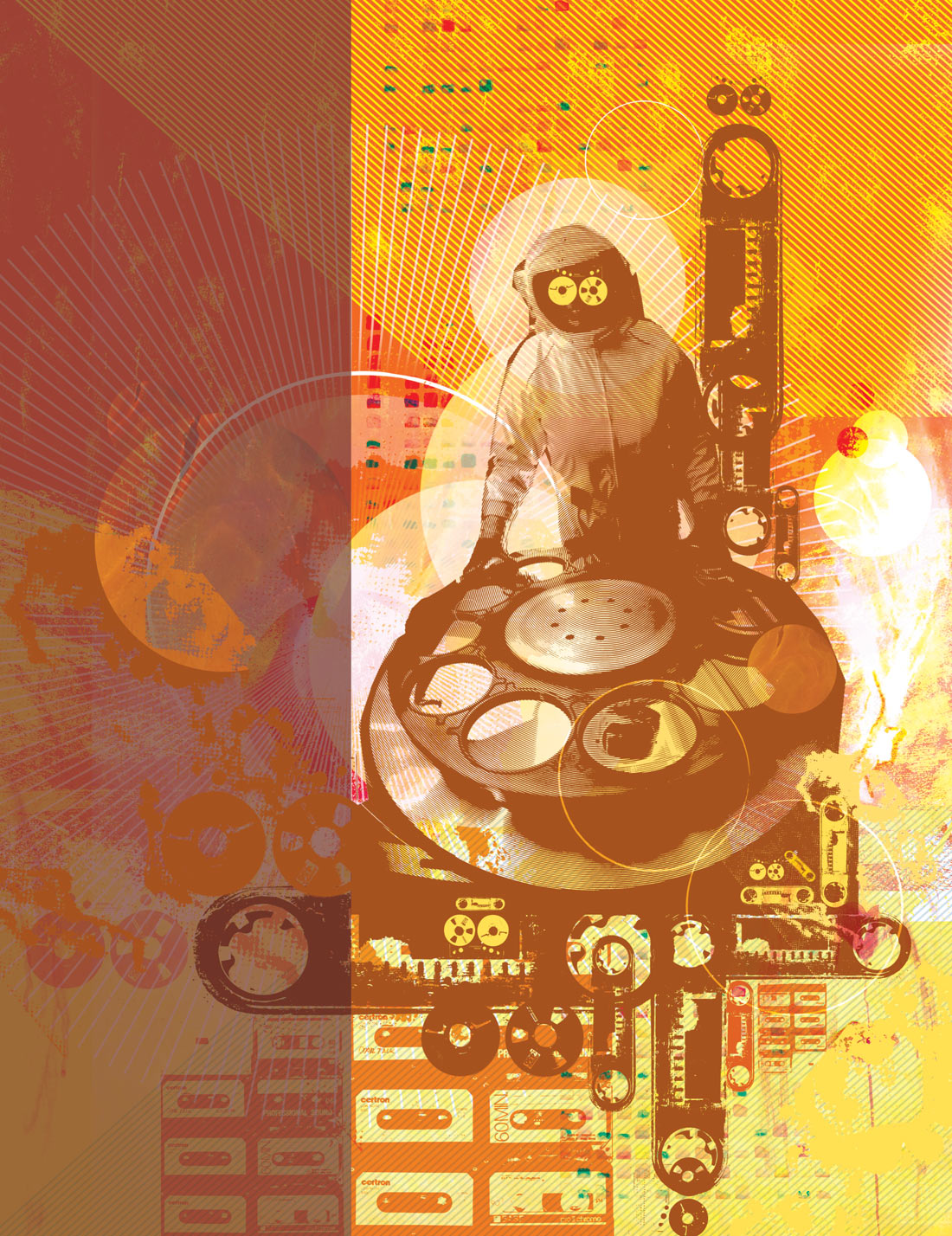The original TG Channel (Tape Op #43) was a TG2 preamp (Tape Op #39) combined with a 3-band EQ. The TG Channel MKII Abbey Road Special Edition incorporates a number of enhancements. In a way, cosmetic changes are responsible for functional improvements in the MKII. Now equipped with the miniature versions of the EMI/TG knobs originally manufactured for the Chandler Mini Rack Mixer, there's more space on the faceplate for additional features. The first addition is the same DI available on the TG2. When you plug into the DI, you bypass the input transformer and go directly to the amplification stage. This gives you the option of hitting the transformer or not, depending on whether you go in through the built-in DI or an external DI box. The next mod separates the mid and high-shelf boosts (originally on a single control) into two separate bands. The frequency options are still the same as on the original channel, but you no longer have to choose between either a high boost or a mid boost; you can now do both simultaneously (which I've found really great when mic'ing a snare with an SM57). The third mod was to make the HPF selectable between five frequencies, making it much more effective than on the original version.
How does it sound? Even more musical and easier to use than the original. I've had great results on vocals and also vocal subgroups; on guitars with dynamic or ribbon mics; on snare and tom close mics; and on overheads and room mics as well. On a Chaka Kahn track I was mixing with almost 100 tracks on a Pro Tools system that could only play back 64, I summed and re-recorded several tracks through the MKII for my final kick, snare, and bass sounds (all of those had two mics/DIs and there were several bass performances through the song). There's something about the way that you can cut lows and mids on both sides of a low frequency that you're boosting that I really like on those instruments. There's also a certain balance between midrange punch and high-end attack that's important on these instruments, and I find the TG Channel particularly suited for capturing and enhancing those sounds. The high- end boost is always sweet sounding and never gets crackly, no matter how much you add.
The inductor-based mid cut is amazing. I find it to be the most musical cut of any EQ I've ever used. It starts with a fairly narrow Q which gets narrower as you increase the amount you cut. (The mid boost works with the same auto- variable Q as well.) The intent is to allow you to make things sound huge by carving out the mids that mask everything in the mix as you crank the bottom end. Cutting 350-400 Hz and boosting 50 Hz on a kick will give you an enormous sound. The power of this EQ is very apparent on bass, as you can drastically alter the sound if you want. (I've worked with some EQs that don't really change a bass tone no matter how much you adjust them.) My preferred applications for the MKII tend to be guitar and snare. I find that a snare with an SM57 and a guitar with a ribbon mic both need the top end opened up with the type of boosts that the MKII's high shelf does well. A 2 dB boost within the mids will usually be enough to add presence and definition and the same low-end tightening is great for guitars and snares (both have a mix of important "body" as well as useless mud down in the low end). Again, the mid cut with HPF and low boost do a great job of keeping the good stuff and cutting the bad, which is not always easy to do with lesser EQs. And on top of all of this, you've got the TG2 preamp with an output fader knob, so you can keep the preamp clean or drive it to get that vibrancy that a little harmonic distortion will add.
The 2 dB increments make the adjustments a little on the coarse side-it's not going to be an EQ for delicate mastering work. For tracking, I've found the 2 B increments to be great for speed, as it's really obvious when you've found the right amount or gone past it. The boost and cut knobs turn gold-plated Elma switches that select inductor or capacitor networks (depending on which band) as opposed to simply changing resistance.
If you have one of the original models and you'd prefer to have the MKII, Chandler will add the parts and upgrade the unit for a small fee. (Call first to schedule.) The differences between the original and the MKII may seem minor, but they're very effective improvements on a preamp/EQ design that was already a standout. In today's disposable world, it's nice to see that there are companies and designers that are constantly striving for excellence, listening to customers, and then doing the work to keep them happy. ($2350 MSRP; www.chandlerlimited.com)




_disp_horizontal_bw.jpg)